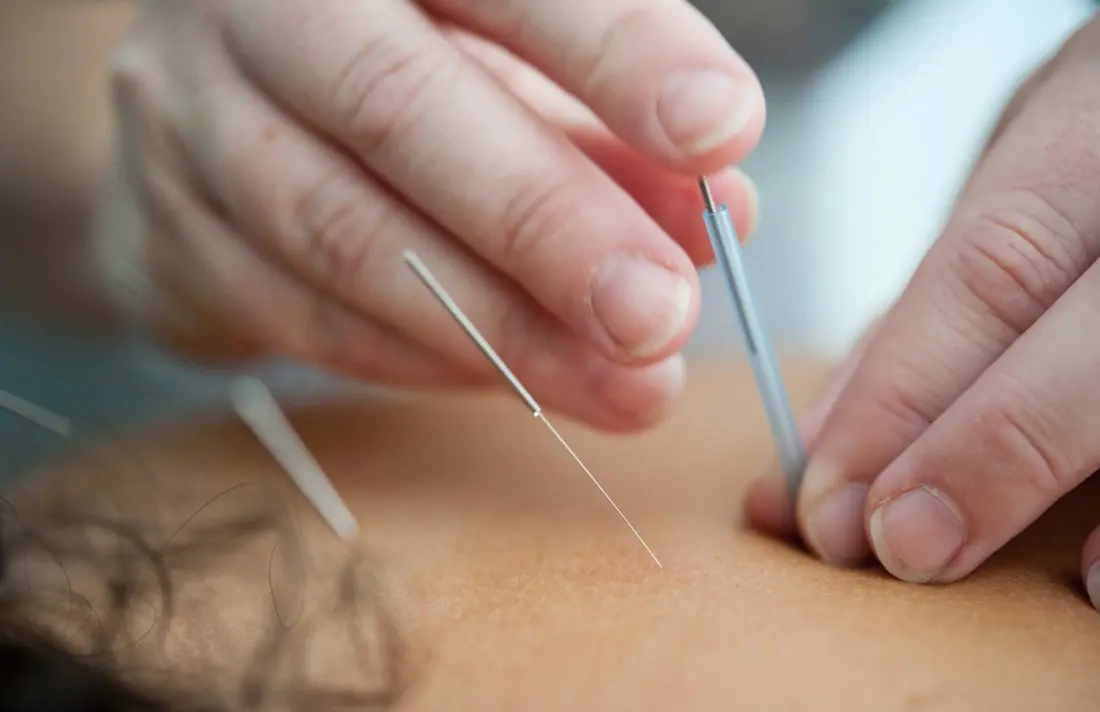There are two groups of people in the world: those who have trouble with the concept that sticking needles into their bodies can be good for them (be it acupuncture, injections or even drawing blood)… and then you get those who do it for fun – and yes, we are talking to you with the two full sleeves of tattoos!
Within the wide spectrum of opinions about needles, there is a consensus around one method: dry needling.
Dry needling is a highly effective method that is used by most physiotherapists in the world today for promoting tissue healing and treating Myofascial Trigger points – you know, that relentless sharp pain in your back that you just never seem to get rid of. In order to convince those who are still sceptical (because we know we have you tattoo-enthusiasts booking appointments already), let us explain the method behind the madness:
Dry needling is a technique that is gaining popularity among physiotherapy Hong Kong and individuals seeking relief from pain and discomfort. This technique involves the use of small, thin needles that are inserted into the skin and muscles at specific points to promote healing and alleviate pain. Although it may seem daunting to some, dry needling is a safe and effective method for treating various musculoskeletal conditions. In this article, we will explore the mechanisms, benefits, and potential side effects of dry needling.
The Mechanisms Behind Dry Needling
Dry needling works by targeting trigger points, which are small, localized areas of tightness and tenderness in the muscles. These trigger points can cause significant pain and discomfort and may be associated with a range of musculoskeletal conditions, including neck pain, back pain, and headaches. By inserting a thin needle directly into the trigger point, the therapist can stimulate the muscle to twitch and then relax, effectively releasing the tension and resolving the pain.
Dry needling also promotes tissue healing by causing micro-trauma to the affected area. When the needle is inserted into the skin and muscle, it creates small, controlled injuries that trigger the body’s natural healing response. The body responds by increasing blood flow and inflammation to the area, which helps to repair damaged tissues and promote healing. You can find all the information you need about our treatments here at Hong Kong Sports Clinic.
Benefits of Dry Needling
Dry needling offers a range of benefits for individuals with musculoskeletal conditions. Some of the most notable benefits include:
- Pain Relief: Dry needling can provide significant pain relief by releasing trigger points and promoting muscle relaxation. Studies have found that dry needling is effective in reducing pain associated with a range of conditions, including low back pain, neck pain, and headaches.
- Improved Range of Motion: By releasing trigger points and promoting muscle relaxation, dry needling can also help to improve range of motion and flexibility in affected areas. This can be particularly beneficial for individuals with conditions such as frozen shoulder or stiff neck.
- Accelerated Healing: The micro-trauma caused by dry needling can stimulate the body’s natural healing response and accelerate the healing process. This can be particularly useful for individuals with tendon or ligament injuries that are slow to heal.
- Non-Invasive: Dry needling is a non-invasive technique that does not involve the use of drugs or surgery. As such, it is a safe and effective alternative for individuals who may not be suitable candidates for more invasive treatments.
Potential Side Effects of Dry Needling
While dry needling is considered safe when performed by a trained professional, there are some potential side effects that individuals should be aware of. These side effects may include:
- Soreness: It is common to experience some soreness or discomfort in the area following dry needling. This should subside within a few hours to a few days.
- Bruising: Dry needling may cause some minor bruising or bleeding at the insertion site. This is usually minor and resolves quickly.
- Infection: While rare, there is a risk of infection associated with any procedure that breaks the skin. To minimize this risk, it is important to ensure that the needles and equipment used for dry needling are sterile.
- Nerve Damage: There is a small risk of nerve damage associated with dry needling. This risk is minimized when the procedure is performed by a trained professional who has a thorough understanding of anatomy and proper needling techniques.
Conclusion
In conclusion, dry needling is a safe and effective technique for treating a range of musculoskeletal conditions. By targeting trigger points and promoting tissue healing, dry needling can provide significant pain relief and improve range of motion. While there are some potential side effects associated with the procedure, these risks are generally low when the procedure is performed by a trained professional. If you are considering dry needling as a treatment option, it is important to speak with your healthcare provider to determine if it is right for you.

